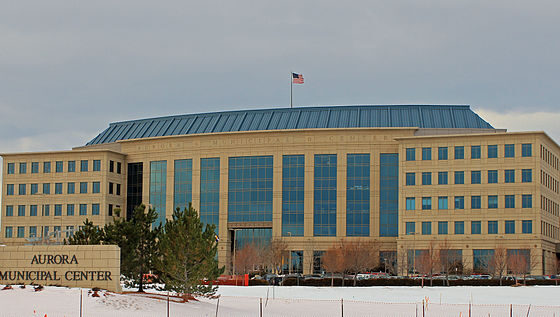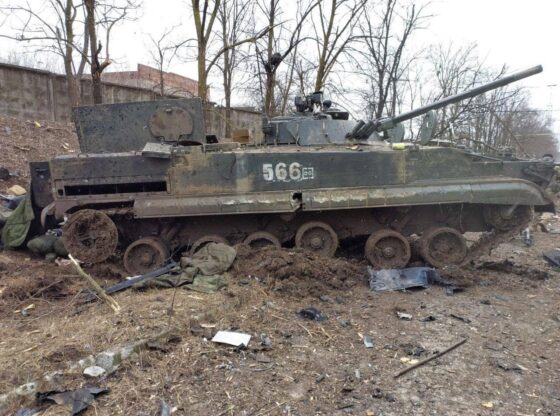On Friday, April 22, Boulder resident Wynn Alan Bruce set himself on fire in front of the U.S. Supreme Court.
In protest against climate change, 50-year-old Bruce traveled to the U.S. Supreme Court on Earth Day to perform his act of self-immolation. Bruce was airlifted from the plaza to be taken to a hospital to be treated for his wounds. He died later of his injuries.
Dr. Kritee Kanko, an environmental scientist and close friend of Bruce’s, took to Twitter saying, “This is a deeply fearless act of compassion to bring attention to the climate crisis,” and that the act “is not suicide.” Kanko also tweeted that Bruce’s protest had been premeditated and he had been planning it for over a year.
Kanko identified Bruce’s Facebook page in which he commemorated Thich Nhat Hahn, a Buddhist master and anti-war activist, when Hanh passed away in January of this year. Thich Nhat Hanh had idolized the Vietnamese monks much like Bruce. In 1965, Hahn wrote a letter to Martin Luther King Jr., admiring the monks and their form of protest.
Kanko released a statement on her Twitter on behalf of her and other Buddhist teachers who were familiar with Bruce. The statement said that the community was unaware of Bruce’s plans and is in a state of grieving. Kanko also added that if her or any Buddhist teacher in Boulder discovered his plans for Washington that they would have discouraged him.
The Supreme Court recently heard a case that will dispute the Environmental Protection Agency’s authority to regulate carbon emissions and pollution produced by greenhouse gas producers such as power plants. The implicating pressure of the case resonates from the possibility of the Biden administration’s plans to address climate change.
In 2018, David Buckel, a civil rights lawyer, also performed an act of self-immolation in protest of the political commentary on climate change. Buckel set himself on fire in a park near his home in Brooklyn, New York shortly after emailing a note to his coworker and friend in which he explains the purpose of his actions. Buckel stated in his letter that his act of self-immolation was inspired by Tibetan monks who were protesting the Chinese government in 2011. Buckel was pronounced dead on the scene shortly after eyewitnesses alerted authorities.
This was not the first instance Washington experienced a protest of this nature. Wynn Bruce’s protest closely imitated that of the protests done by Vietnamese monks who set themselves aflame to protest the Vietnam war. Bruce has not been the only activist to have been inspired by the self-immolation of Vietnamese monks. In 1965, a man named Norman Morrison drove from Baltimore to the Pentagon with his infant daughter.
Morrison proceeded to douse himself in kerosene and light himself on fire in front of the Secretary of Defense’s office, Robert McNamara. Morrison’s act of self-immolation was inspired by the same Vietnamese monks that Bruce had studied and admired while being a practicing Buddhist.
All three men drew inspiration from monks who have self-immolated in the past protesting world issues. The three acts of self-immolation are labeled as sacrificial protests rather than suicides. Bruce, Buckel, and Morrison all subjected themselves to the fire for something they believed was bigger than themselves much like the monks they highly regarded. A vigil was held for Bruce on Friday, April 29 in front of the Supreme Court. 50 people gathered in silent mediation in honor of his sacrifice for climate change.











